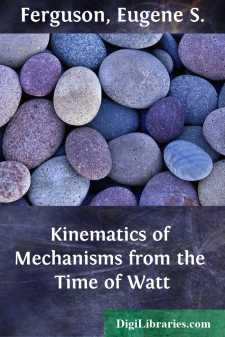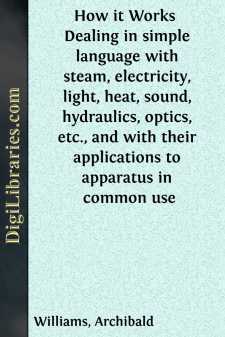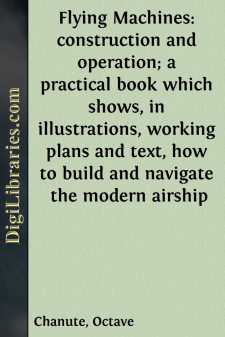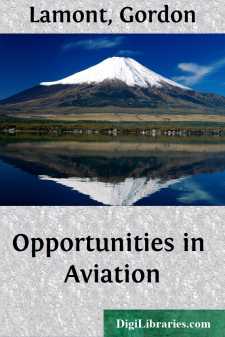Technology & Engineering
Technology & Engineering Books
Sort by:
In an inventive tour de force that seldom, if ever, has been equalled for its brilliance and far-reaching consequences, James Watt radically altered the steam engine not only by adding a separate condenser but by creating a whole new family of linkages. His approach was largely empirical, as we use the word today. This study suggests that, despite the glamor of today's sophisticated methods of...
more...
THE STEAM-ENGINE. What is steam?—The mechanical energy of steam—The boiler—The circulation of water in a boiler—The enclosed furnace—The multitubular boiler—Fire-tube boilers—Other types of boilers—Aids to combustion—Boiler fittings—The safety-valve—The water-gauge—The steam-gauge—The water supply to a boiler. WHAT IS STEAM? If ice be heated above 32° Fahrenheit, its...
more...
by:
Octave Chanute
CHAPTER I. EVOLUTION OF TWO-SURFACE FLYING MACHINE. By Octave Chanute. I am asked to set forth the development of the "two-surface" type of flying machine which is now used with modifications by Wright Brothers, Farman, Delagrange, Herring and others. This type originated with Mr. F. H. Wenham, who patented it in England in 1866 (No. 1571), taking out provisional papers only. In the abridgment...
more...
by:
George Iles
PREFACE To a good many of us the inventor is the true hero for he multiplies the working value of life. He performs an old task with new economy, as when he devises a mowing-machine to oust the scythe; or he creates a service wholly new, as when he bids a landscape depict itself on a photographic plate. He, and his twin brother, the discoverer, have eyes to read a lesson that Nature has held for ages...
more...
Depth of Soil for Fruit. Would four feet of good loose soil be enough for lemons? Four feet of good soil, providing the underlying strata are not charged with alkali, would give you a good growth of lemon trees if moisture was regularly present in about the right quantity, neither too much nor too little, and the temperature conditions were favorable to the success of this tree, which will not stand as...
more...
by:
Norman F. Joly
CHAPTER ONE THE DEVELOPMENT OF ELECTRICITY The phenomenon which Thales had observed and recorded five centuries before the birth of Christ aroused the interest of many scientists through the ages. They made various practical experiments in their efforts to identify the elusive force which Thales had likened to a 'soul' and which we now know to have been static electricity. Of all forms of...
more...
CHAPTER I. THE APPARATUS. To a proper comprehension of the succeeding chapters, it is necessary first of all to be familiar with the apparatus employed in carrying out electro-balneological treatment, and I therefore proceed to give a description of this. It may conveniently be divided as follows, viz. a. The tub; b. The electrodes and connections; c. The water; d. Chemicals; e. The batteries. (a) The...
more...
CHAPTER I. INTRODUCTION. Our distance from the old world, and the favorable circumstances in which we have been placed with respect to the other nations of the new world, have made it so easy for our government to adhere to a pacific policy, that, in the sixty-two years that have elapsed since the acknowledgment of our national independence, we have enjoyed more than fifty-eight of general peace; our...
more...
by:
Isaac Newton
DEFINITIONS DEFIN. I. By the Rays of Light I understand its least Parts, and those as well Successive in the same Lines, as Contemporary in several Lines. For it is manifest that Light consists of Parts, both Successive and Contemporary; because in the same place you may stop that which comes one moment, and let pass that which comes presently after; and in the same time you may stop it in any one...
more...
by:
Gordon Lamont
INTRODUCTION Any ordinary, active man, provided he has reasonably good eyesight and nerve, can fly, and fly well. If he has nerve enough to drive an automobile through the streets of a large city, and perhaps argue with a policeman on the question of speed limits, he can take himself off the ground in an airplane, and also land—a thing vastly more difficult and dangerous. We hear a great deal about...
more...











